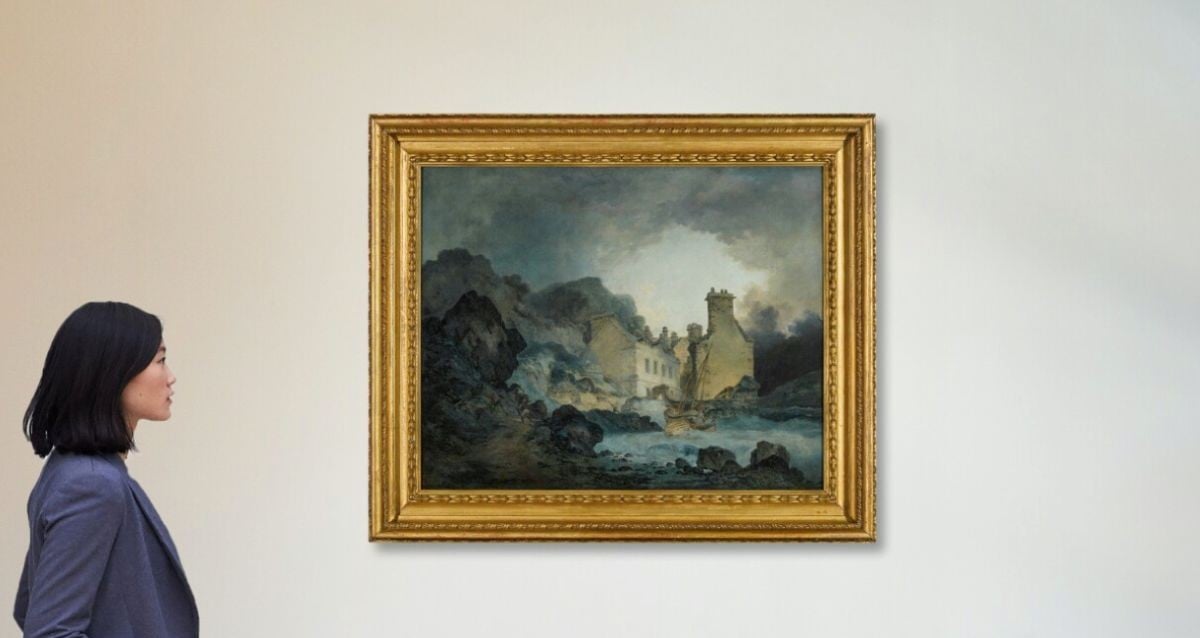Hidden for Centuries: Astonishing Roman Dolphin Mosaic Discovered Beneath Austrian Soil Reveals Ancient Secrets
The Ongoing Excavations Of Ovilava
As the press release notes, the three mosaics were found during the larger excavation of a sprawling Roman villa on Reinberg Hill.
“[T[he size of the complex [is] remarkable,” the press release states. “The ruins recorded so far cover an area of more than [10,000 square feet].”
Evidently, the sprawling villa decorated with mosaics and perched on the hill “must once have belonged to one of the wealthiest families in Ovilava.”

OÖ Landes-Kultur GmbH/FacebookIn addition to the dolphin mosaic, archaeologists also found a mosaic featuring a “large vessel” used to mix wine and one with geometric patterns.
According to the Princeton Encyclopedia of Classical Sites, Ovilava, known today as Wels, once played a small but prominent role on the outskirts of the Roman Empire. It was an important crossroads located at the junction of several important roads, as well as the crossing of the Traun River.
Several prominent Roman emperors had administrative dealings with Ovilava: Hadrian bestowed a municipal constitution (municipium Aelium Ovilava) on the city, Marcus Aurelius transferred offices to Ovilava during wars between the Romans and the Germanic Marcomanni people, and Caracalla elevated the standing of the city to a colonia and likely fortified it against the threat of attacks from Germanic tribes.
However, Ovilava was eventually run over by these attacks and later abandoned. As such, many of its Roman treasures were lost — and are still being uncovered.














Post Comment